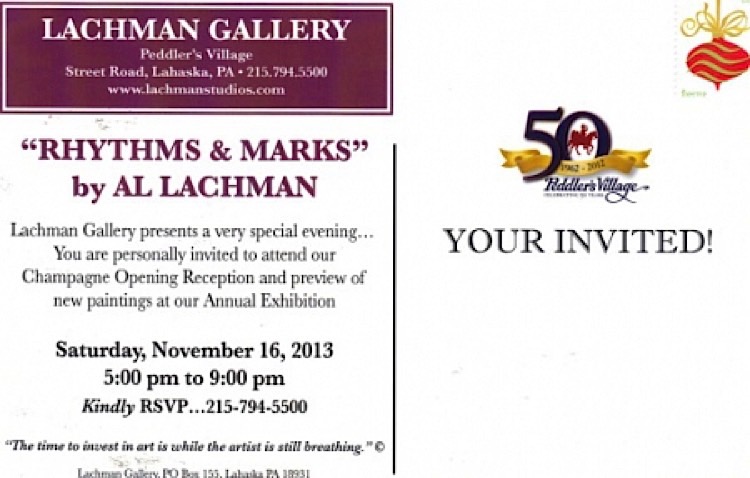I received a high end post card invitation to an art show in today’s mail. It was put together nicely: there was a beautiful print on the front and the back side was immediately informative. It was also immediately glaring. In bold big letters the text read “YOUR INVITED.”
Homonyms and Spellcheckers
Of course without the apostrophe, there is something missing at the end. My response was “My invited what?” With the proper inclusion of the apostrophe this should have read “YOU’RE INVITED.” And as an experienced print rep, I would have advised against using a contraction for this post card. The card and show is formal; contractions with apostrophes are not. And besides, there was plenty of space to accommodate two lines of text.
The Proof Is In The Copy
Most if not all print jobs are proofread. Text and print copy, including graphics, are proofread by the typesetter, which are then proofread by the customer. Even so mistakes still happen. There are a couple of straightforward ways to deal with this, so that it happens rarely. Label printing suppliers and copy publishers know this, as just one mistake, one misspelled word, can look rather embarrassing.
Here are 3 tips to help with proofreading, which are really just common sense:
Never rely on your PC spell checker
In the case above, “YOUR” was in fact spelled correctly, but the spell checker did not know “YOU’RE” was the proper word to use. This brings back memories of a high school term paper I submitted after using a spell checker. Everything read perfectly except for the final sentence of the paper: “From the examples presented here, one can see how everything is bought together as a unified whale.” The spellchecker didn’t know that I meant to use “whole”, not “whale”.
Slowly Read Over the Entire Print Job
If you wrote the copy, you know what it says. This can be dangerous for typos as your mind can “assume” as you read your own words. Read from left to right, top to bottom, and read from the end to the beginning. Also, reading out loud can help pick up errors that your eyes may have missed. Another tip is to put the writing aside for a while and go back to it. This will provide a fresh perspective. Then read it again.
Have Several People Proofread the Print Job
The more sets of eyes the better. Each person can provide different perspectives. This can also help to improve or enhance the print copy in general.
Published:


